We are all exposed to various potentially dangerous situations daily, and some may say surviving daily life is just a numbers game. Our lives can change in a split second, and we are responsible for our own safety. We need to be prepared to act at any time, and we must have the knowledge to save our lives or the lives of others.
In my 48 years on this planet, I have seen my share of tragedies, and I’ve been involved in various accidents that reminded me that it is never too late to improve my skills and learn how to deal with and cope with various situations.
I’ve been in car accidents, I’ve saved a friend from choking on a piece of stake, I helped stabilize my brother-in-law when he had a chainsaw accident, and I’ve witnessed many other situations that had both favorable and unfavorable outcomes.
If you live long enough, you realize that bad things just happen and it is nobody’s fault. However, you can blame yourself or others if you lack the knowledge to do something about it, and unfortunately, far too many people fail to understand that even basic first-aid training can save lives.
As preppers, we train in times of peace so we can be ready in times of madness. I believe that you don’t need to be a prepper to want to become prepared for the uncertain future. Any responsible citizen should think in advance about what they would do if faced with the less pleasant aspects of life.
Human beings, like it or not, are social creatures, and it’s embedded into our DNA to care about each other. Regardless of how modern times or personal experiences are changing us, few people remain indifferent to the suffering of others.
In fact, when we see someone suffering, most of us will want and try to do something about it to alleviate that suffering. Contrary to popular belief, most people do not go to the scene of an accident or gravitate towards tragedy out of pure curiosity. We do it because we want to help, and we often do so without even realizing it.
Even more, some will do whatever is humanly possible to save others, and they will not hesitate to put themselves in danger in order to help those in need. That’s literally how heroes are made, and the innate desire to help is a key characteristic of first responders, firemen, and many others.
Keep your head cool
My grandfather used to say that “if you manage to keep your head cool when everyone around you is losing theirs, you will become a man”. His words have stayed with me ever since and helped me understand that self-confidence and a strong mindset are the main tools you can work with in times of adversity.
Whether it is an active shooter scenario inside a building or a small crowd at the site of an accident, someone needs to take charge. Becoming passive when faced with danger is dangerous, and we must acknowledge that not everyone is ready to take charge. In some situations, it may or may not be you.
If you can keep your head cool, start by inquiring if anyone else at the scene is better qualified than you, and then start guiding people. If you are not the one who can or needs to take charge, your main role is to support the ones who do.
Even the first responders have a few tricks they often use when dealing with a medical crisis. When people are afraid, they need something to focus on so they can function. While being competent with the basics is mandatory, you often have to become an immovable object and fix on the patient, thus becoming unfazed by the turmoil around you.
Trained medical personnel deal with the situation, and then they find a solitary place to process the entire scenario. You may not know this, but even if they are not fully prepared for everything, they act like they are to make the situation more bearable. Panic needs to be avoided during a medical emergency, and it’s always counterproductive. Not to mention that panic is highly contagious, and it makes things worse for everyone.
If you notice someone at the scene becoming anxious, it is better to ask somebody to take them to a safe place. This is very important if those persons are family members of the victims. Their feelings and panic will often take over, and their action could put you in danger or stop you from providing proper medical aid. Remove the people from the scene gently and in a compassionate manner and ask someone to stay with them since they don’t need to be alone.
Avoid making things worse
The Greek physician Hippocrates said, “primum non nocere,” which is translated as “first, do no harm,” and this became a key notion of the Hippocratic Oath, which medical students take. For the layperson, this can be translated as, no matter the circumstances, don’t further make things worse and avoid causing harm to those already suffering.
This is an important thing to keep in mind, and I witnessed it while I was driving toward a car crash site. A car flipped in a ditch due to the icy road, and it was pretty banged up, but luckily the occupants had minor injuries. People at the scene started pulling people out, but they didn’t pay attention to them, which made the situation worse. A disoriented woman wandered into oncoming traffic and was hit by a car. She ended up with broken legs and a bad pelvic fracture just because people failed to notice she was walking around confused.
You have to intervene when appropriate, and you must make sure no further damage is caused by your or the actions of others. Even so, the decision must be made after carefully weighing the factors. It’s not always recommended to approach a smoldering vehicle or a collapsing building. Your decision to act must be tempered with reason, and you should control your emotions. You should act under the best circumstances and do so without harming yourself or others.
Sure, these circumstances can change from situation to situation, and if the smoldering vehicle catches fire, the decision to move the victim near the car or extract it from the vehicle should be acted upon above all. The problem here is that you need to be sure of what you are doing and how you are doing it.
For example, if you suspect the victim has suffered a spinal injury or was impaled by an object, it is best not to move them until professional medical help arrives. In such a case, your effort or the effort of others should be concentrated on putting the fire out and avoiding further injuries.
Learn CPR
People wrongly assume that CPR is complicated and don’t bother learning about it. The reality is that CPR is quite easy to master and is a sequence of actions that anyone can perform. Even the 911 dispatcher can help guide you through it if you keep a cool head. The thing I recommend is learning about it whenever you have the chance and practicing it a bit before you will have to use it for real.
Enlist in a formal CPR class, and they will teach you a protocol that is proven to be effective. You can call your local fire station or hospital and inquire about future classes. Some of these classes can also introduce you to an AED (automatic external defibrillator) which is a complicated but easy-to-use machine that eliminates all the guesswork.
This machine will guide you to do exactly what is needed, and it will make the decision to shock the patient or not, leaving the guesswork out of the entire process. These are not widely available in all areas, but some malls, sports arenas or training facilities, and even churches keep them handy.
Some people avoid doing CPR, even when they know how to because they are grossed out by the entire situation. The reality is that things can get pretty gross at a time when you’re up close to the victim, and you need to take some precautions. You need to minimize exposure to bodily fluids since they can contain various pathogens. Luckily, a pocket CPR mask can be successfully used in those cases.
The mask is designed with a one-way valve so that you can administer breaths without getting in contact with fluids or getting a face full of vomit. They are cheap, collapsible, and lightweight, so you can keep one in your glove box or survival kit.
To avoid exposure to fluids is also recommended to get a pair or two of nitrile gloves. These are dirt cheap, and they take up no space. Keep them in the same place as your other medical supplies, just like the CPR mask.
A good rule of thumb is to think and act like everything around you of biological nature is contaminated if you find yourself at the scene of a traumatic accident. You need to protect your eyes and mouth and clean yourself if you get splattered or sprayed.
Keep a vehicle kit at all times
You need to learn what to carry with you at all times, whether on you or in your car. If you drive daily, a vehicle first aid kit is a must, and it doesn’t need to be expensive or take up a lot of space. In today’s market, there are a lot of items available for first aid needs, from read-made first aid kits of various sizes and contents to individual items that you can use to make your own kit.
The decision to buy a ready-made first aid kit or make one yourself is something you need to ponder. I believe that making your own kit is often the best way to go because not only will you make sure that every item you need is there, but you will also be able to familiarize yourself with each item.
Find a small box or bag that can keep everything neatly organized and accessible. Next, you can shop for items to put in your kit, and here is where a little time spent on Amazon can really help. Here are a few recommendations of basic items to include in your kit.
A tourniquet is recommended to keep handy even though you are able to improvise one if needed. Modern versions like the CAT (Combat Application Tourniquet) are incredibly efficient, even if they may be a bit expensive. For a cheaper alternative, you can go with the Rapid Application Tourniquet System (RATS), even though it has a different design. Both work and are extremely effective.
To address bleeding, you can carry Israeli battle dressings, which have instructions printed on the package. In case you don’t have any available, you can use feminine hygiene products. Both have an expiration date but don’t throw them away when they are out of date since they can still be used.
Keep a survival car tool handy at all times since it will help you cut seatbelts and break windows if needed. I have one both in my glove box and one in the first aid kit so that I’m certain I can always find it when I need it. These are lightweight, inexpensive tools and can save your life or the lives of others in case of car accidents.
Also, a good addition to any first aid kit is duct tape since it can secure bandages in place and even close small wounds if you work with limited supplies. Tongue depressors, tweezers, gauze, and antiseptic wipes are items you should consider.
The main idea when making your own first aid kit is to avoid going overboard and include only the items needed. Stick with the basics and avoid making it too bulky or too heavy.
Concluding
Helping others is our moral duty as human beings, and you shouldn’t hesitate to give a helping hand if you see someone suffering. All states have a Good Samaritan law or a variation of it, and this law will protect you if you fear you will be sued or prosecuted for your actions. Sometimes you can do whatever is humanly possible to try and save someone, but there’s no guarantee that all your efforts will be successful. The law is on your side as long as you provide reasonable assistance, and it helps bystanders intervene when they are able to do so. Proper knowledge, basic gear, and the right mindset are the key factors that make the difference between success and failure when trying to save a life.


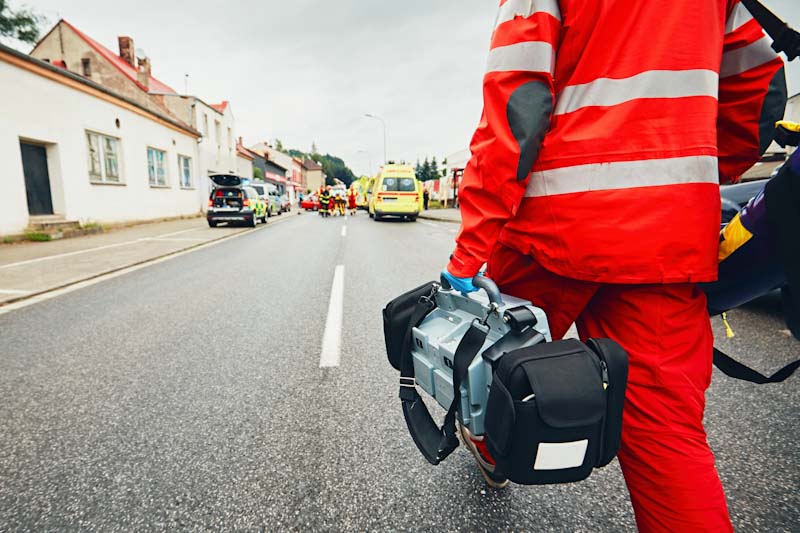


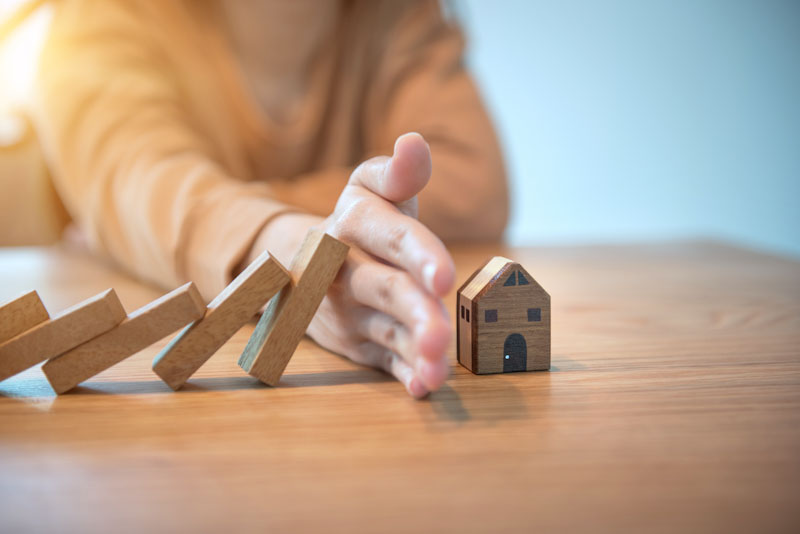
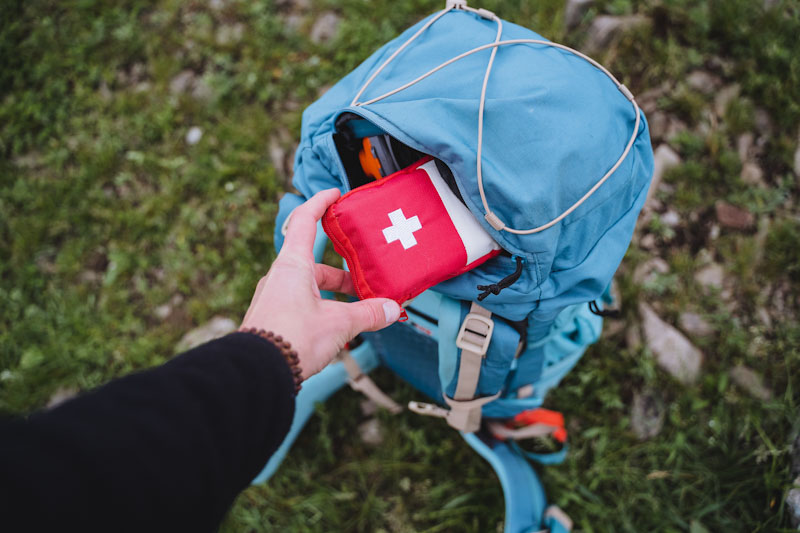
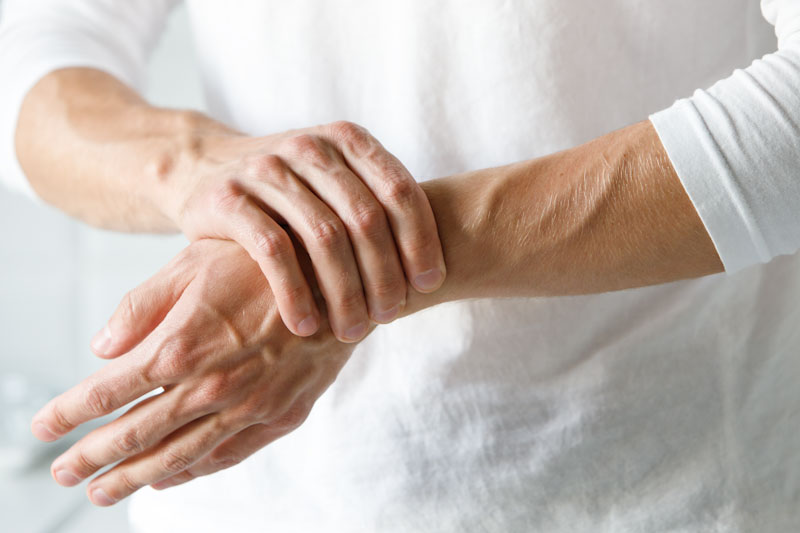
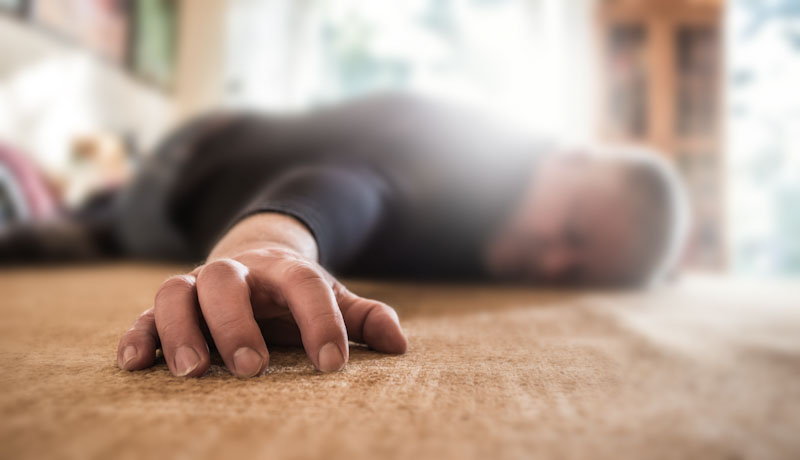

John | November 14, 2024
|
Goo0d Information ,you could add blood clotting powder and tourniquets to the list! Johnn R. I worked as a Air Force Para Medic and Assistant Supervisor of an AIR FORCE emerency room, with over 27 years varied medical experience, including making up mass casualty kits, at different Air Force Bases!